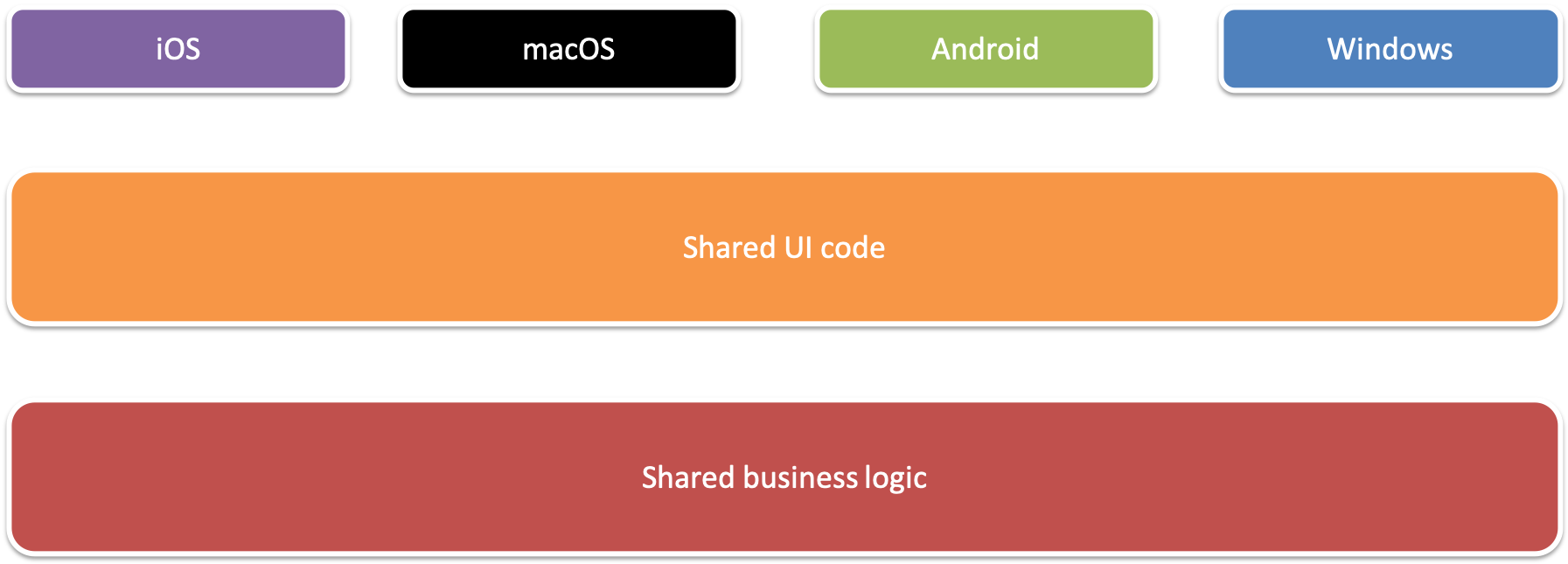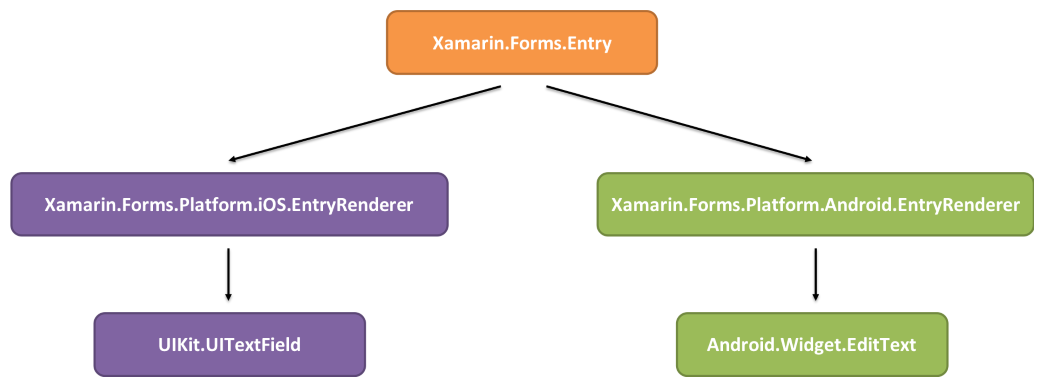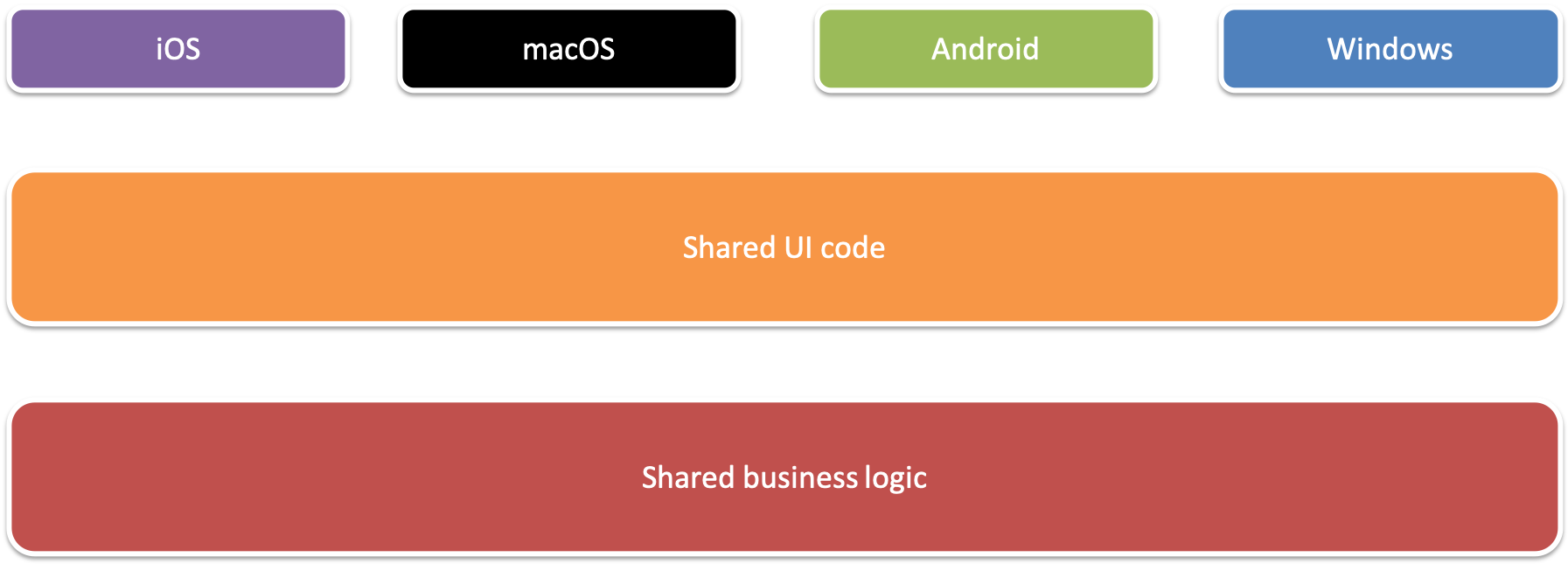A single control is no good unless it has a container that hosts it. Let's see what an entire page would look like. A fully valid ContentPage defined in XAML is an XML document. This means that we must start with an XML declaration. After that, we must have one, and only one, root node, as shown in the following code:
<?xml version="1.0" encoding="UTF-8"?>
<ContentPage
xmlns="http://xamarin.com/schemas/2014/forms"
xmlns:x="http://schemas.microsoft.com/winfx/2009/xaml"
x:Class="MyApp.MainPage">
<StackLayout>
<Label Text="Hello world!" />
</StackLayout>
</ContentPage>
In the preceding example, we have defined a ContentPage that translates into a single view on each platform. In order to make it valid XAML, you must specify a default namespace (xmlns="http://xamarin.com/schemas/2014/forms") and then add the x namespace (xmlns:x="http://schemas.microsoft.com/winfx/2009/xaml").
The default namespace lets you create objects without prefixing them, like the StackLayout object. The x namespace lets you access properties such as the x:Class, which tells the XAML parser which class to instantiate to control the page when the ContentPage object is being created.
A ContentPage can have only one child. In this case, it's a StackLayout control. Unless you specify otherwise, the default layout orientation is vertical. A StackLayout can, therefore, have multiple children. Later on, we will touch on more advanced layout controls, such as the Grid and the FlexLayout control.
In this specific example, we are going to create a Label control as the first child of the StackLayout.




































































